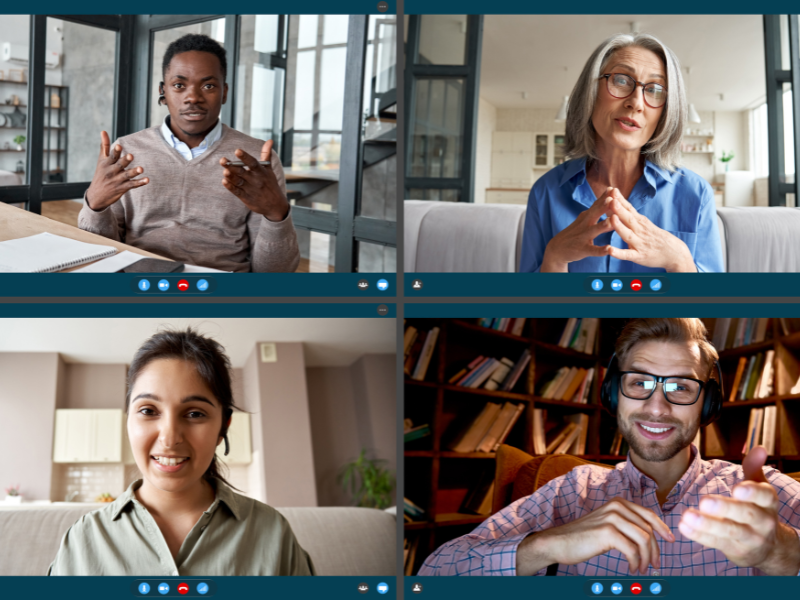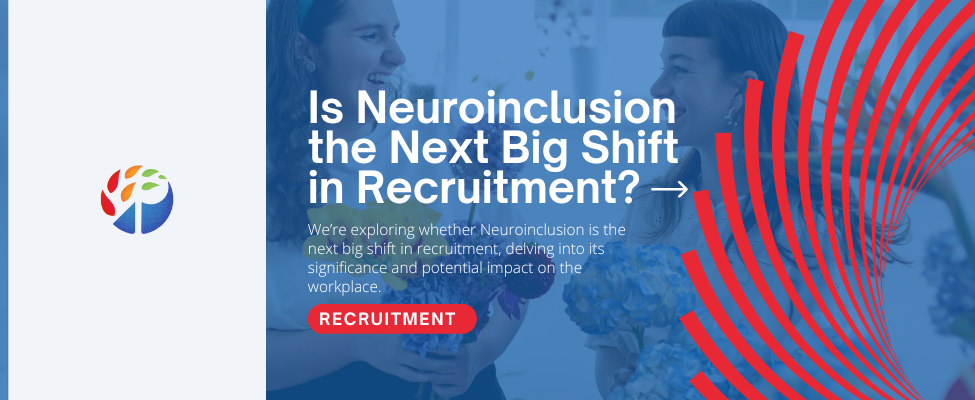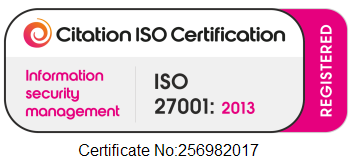Is Neuroinclusion the Next Big Shift in Recruitment?
A new concept is gaining momentum – Neuroinclusion. As organisations increasingly recognise the value of diversity, the focus has shifted beyond the visible differences to embrace cognitive diversity. We’re exploring whether Neuroinclusion is the next big shift in recruitment, delving into its significance and potential impact on the workplace.
Understanding Neurodiversity
“The term ‘neurodiversity’ wasn’t created until the 1990s, 30 years or so after the beginnings of equality, diversity and inclusion (EDI), and it has taken until the late 2010s and early 2020s for the employment world to catch up.”
Neurodiversity celebrates the range of neurological differences present in individuals. It emphasises that neurological conditions, such as autism, ADHD, and dyslexia, are simply natural variations of the human brain. Recognising and embracing these differences is crucial for fostering an inclusive work environment.
Traditional views of a “standard” employee can limit the potential of neurodiverse talents. Incorporating neurodiversity into the workplace not only broadens the pool of skilled individuals but also brings unique perspectives and problem-solving abilities.
Challenges in Traditional Recruitment
Overlooking Neurodiverse Talents
One major challenge in traditional recruitment is the unintentional oversight of neurodiverse individuals. Standard hiring processes may not effectively identify or accommodate their strengths, leading to missed opportunities for both employers and candidates.
Standardised Assessments and Exclusion
Traditional recruitment often relies on standardised assessments that may not accurately represent the abilities of neurodiverse individuals. This exclusionary approach can hinder the identification of valuable skills and hinder diversity efforts.

Benefits of Neuroinclusive Hiring
Neuroinclusive hiring offers a myriad of benefits that extend beyond the traditional understanding of workplace diversity. Embracing neurodiversity leads to a more innovative and creative work environment. Neurodiverse individuals often possess unique perspectives, problem-solving skills, and unconventional approaches to tasks.
By incorporating a variety of thinking styles, businesses can tap into a rich pool of talent that contributes to increased creativity and fosters a culture of continuous innovation. This diversity not only enhances the overall problem-solving capacity of teams but also brings a fresh perspective to challenges, ultimately driving organisational success.
Neuroinclusive hiring has also been linked to improved employee satisfaction and engagement. When individuals with neurodiverse conditions feel acknowledged, supported, and accommodated in the workplace, it positively impacts their overall job satisfaction.
A supportive work environment that embraces neurodiversity fosters a sense of belonging, leading to increased loyalty and retention rates. This not only benefits the neurodiverse employees but also contributes to a positive organisational culture that attracts top talent seeking inclusive workplaces.
Moreover, neuroinclusive hiring aligns with corporate social responsibility (CSR) goals, demonstrating a commitment to social inclusivity. Businesses that prioritise neurodiversity contribute to dismantling stereotypes and stigmas surrounding neurodiverse conditions, fostering a more accepting and equal society.
This positive impact extends beyond the workplace, resonating with consumers and stakeholders who increasingly value socially responsible practices. By championing neuroinclusion, companies position themselves as leaders in creating positive societal change and contribute to a broader movement toward a more inclusive and accepting world.
Creating a Neuroinclusive Workplace
To truly embrace neuroinclusion, workplaces need to adapt physical and cultural environments. This involves creating spaces that cater to different sensory needs and promoting a culture of understanding and acceptance.
Implementing neuroinclusive policies, such as flexible work arrangements and personalised accommodations, is essential for creating an environment where neurodiverse individuals can thrive. Training programs for managers and HR personnel play a crucial role in fostering understanding and support.

Overcoming Stereotypes and Stigmas
Stereotypes and stigmas surrounding neurodiverse individuals can perpetuate misconceptions in the workplace. It is crucial to challenge these stereotypes and foster an environment where neurodiverse talents are seen for their abilities rather than perceived limitations.
Education and awareness programs play a vital role in changing perceptions about neurodiversity. By dispelling myths and promoting understanding, organisations can create a more inclusive atmosphere that benefits everyone.
Implementing Neuroinclusion Strategies
Training Programs for HR and Managers
To successfully implement neuroinclusion, organisations need comprehensive training programs for HR professionals and managers. This ensures that the recruitment process is adapted to embrace neurodiversity and that the workplace is conducive to all employees.
Collaboration with Neurodiversity Advocates
Collaborating with neurodiversity advocates and organisations can provide valuable insights and resources. These partnerships contribute to creating a more supportive and inclusive workplace for neurodiverse individuals.
The Future of Recruitment: A Neuroinclusive Perspective
As organisations increasingly prioritise neuroinclusion, the future of recruitment is likely to see a shift towards more inclusive hiring practices. This shift not only benefits neurodiverse individuals but contributes to creating a workplace that values diversity in all its forms.
Neuroinclusion has the potential to drive growth and evolution in the recruitment landscape. Companies that embrace neurodiversity are likely to be at the forefront of innovation and competitiveness, setting new standards for the industry.




Comments are closed